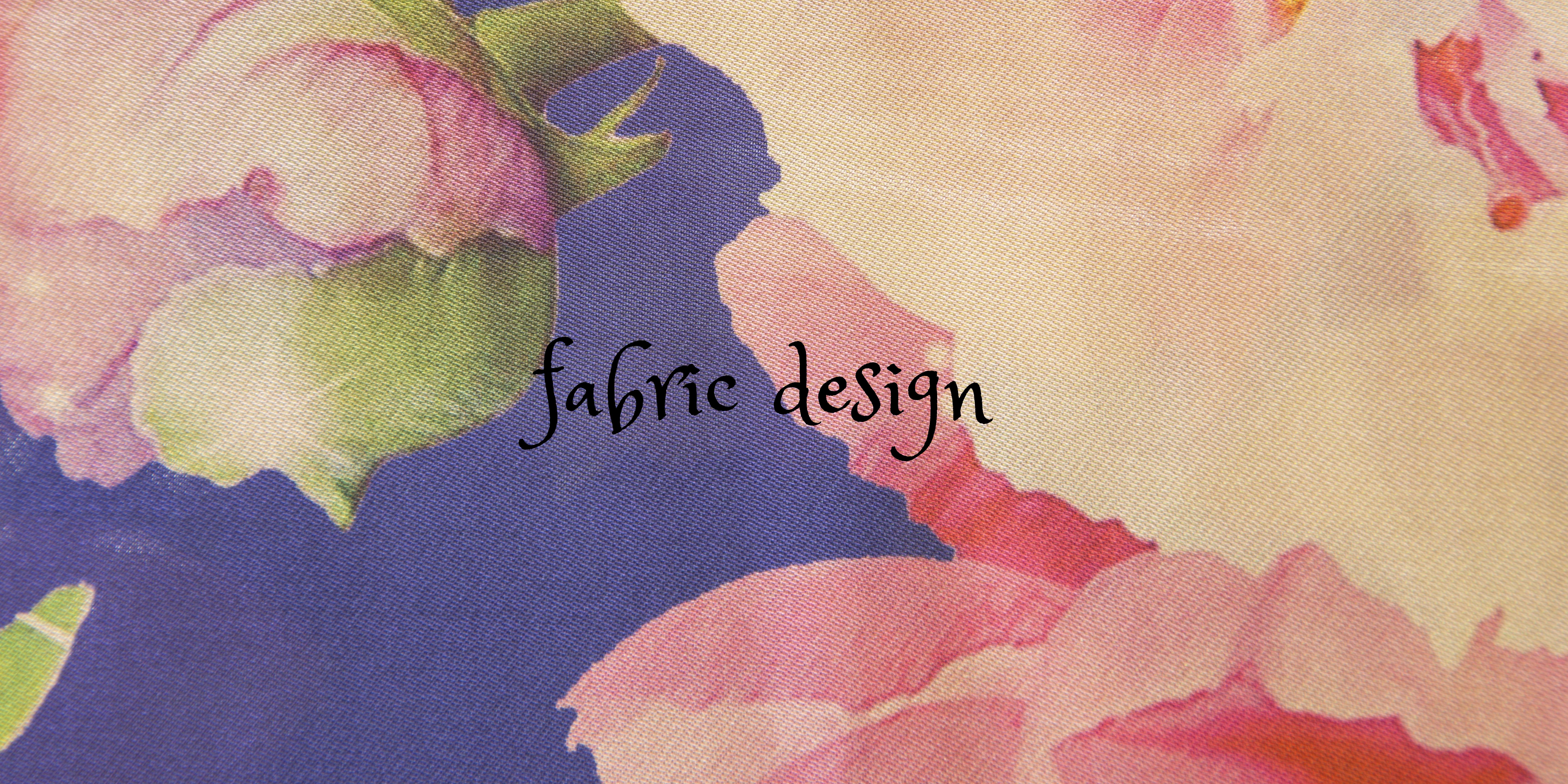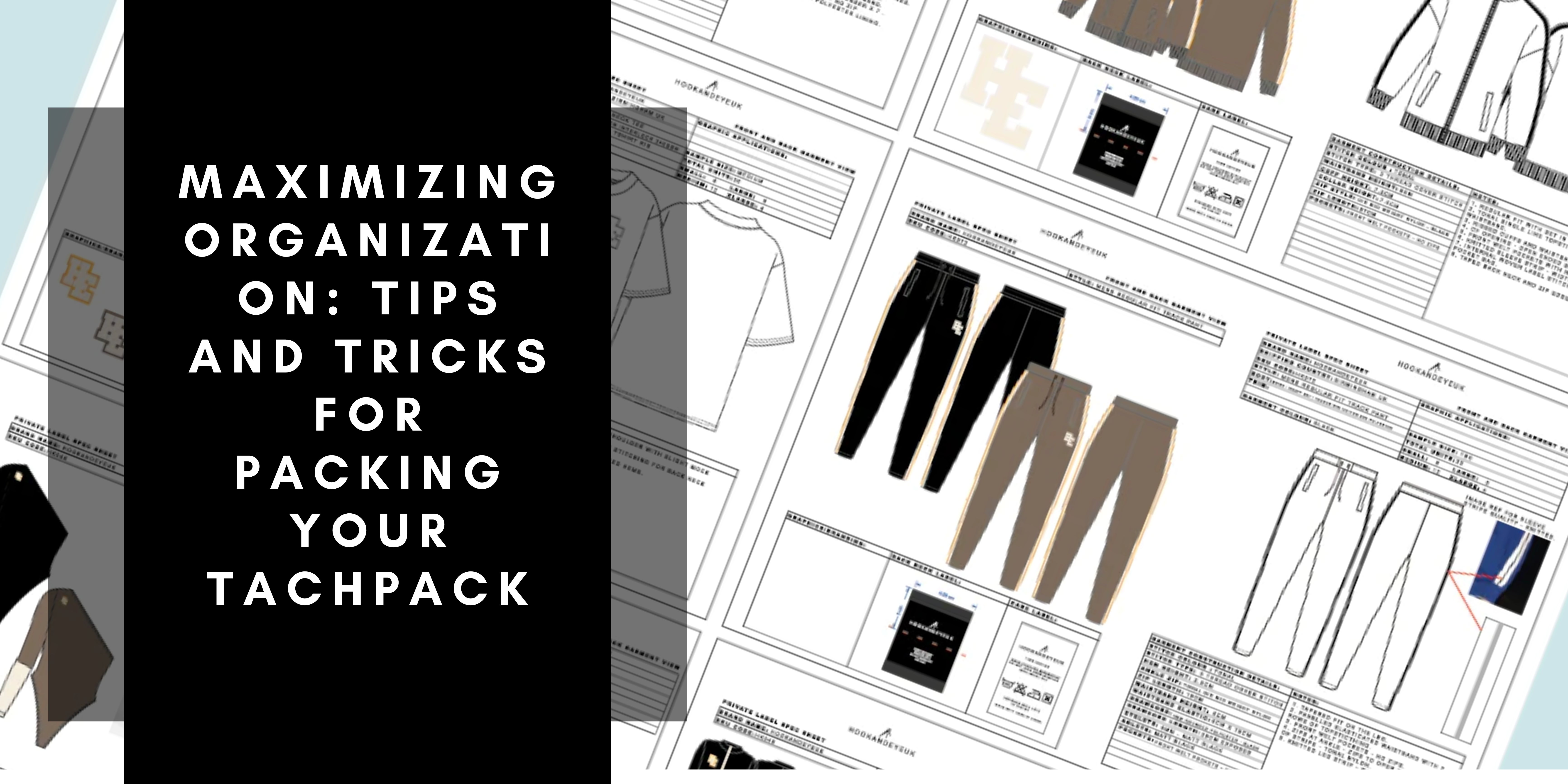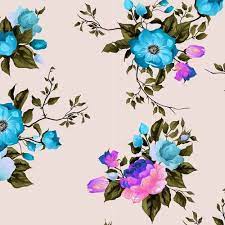
Eco-Friendly Fabric Design: Sustainable Materials and Practices
Eco-Friendly Fabric Design: Sustainable Materials and Practices
Introduction:
As environmental concerns continue to rise, the fashion and textile industries are increasingly embracing eco-friendly practices. Designers are exploring sustainable materials and adopting environmentally responsible manufacturing processes to create beautiful, functional fabrics that are kinder to the planet. In this blog post, we'll delve into some of the most promising sustainable materials and practices in eco-friendly fabric design.
Sustainable Materials:
The foundation of eco-friendly fabric design lies in the choice of materials. Several sustainable options are available, including:
- Organic Cotton: Grown without harmful pesticides and synthetic fertilizers, organic cotton is a more environmentally responsible choice than conventional cotton.
- Bamboo: Bamboo is a fast-growing, renewable resource that requires minimal water and no pesticides, making it a sustainable option for fabric design.
- Hemp: Known for its durability and low environmental impact, hemp is a versatile material used in various fabric designs.
- Linen: Made from the flax plant, linen is biodegradable and requires fewer resources to produce compared to cotton.
- Recycled Materials: Fabrics made from recycled polyester and other materials help reduce waste and minimize the need for new resources, contributing to a circular economy.

Natural Dyeing and Printing:
Natural dyeing and printing techniques are crucial components of eco-friendly fabric design. These methods use dyes and pigments derived from plants, flowers, and other natural sources, reducing the reliance on harmful chemicals typically used in conventional dyeing processes. Key practices include:
- Plant-Based Dyes: Utilizing natural ingredients like indigo, madder, and turmeric to create vibrant colors without synthetic chemicals.
- Eco-Friendly Printing: Techniques like digital printing minimize water waste and allow for precise dye application, reducing the environmental impact.
- Innovative Methods: Designers are exploring waterless dyeing technologies and low-impact dyeing processes to further enhance sustainability.

Zero Waste Design:
Zero waste design is an emerging approach in eco-friendly fabric design that focuses on eliminating waste at the source. This involves:
- Pattern Efficiency: Designing patterns and layouts that minimize fabric waste during the cutting process.
- Utilizing Scraps: Repurposing leftover fabric scraps for patchwork, stuffing, insulation, or creating new products, ensuring that no material goes to waste.
- Creative Solutions: Implementing innovative techniques like modular design and multi-use garments that contribute to waste reduction.
Circular Economy:
The circular economy is a concept that aims to keep resources in use for as long as possible, reducing waste and promoting sustainability. In fabric design, this can be achieved by:
- Recycling and Upcycling: Using recycled materials in fabric production and encouraging the reuse of textiles at the end of their life cycle.
- Designing for Longevity: Creating durable products that withstand the test of time, reducing the frequency of replacement and waste.
- Facilitating Recycling: Ensuring that fabrics can be easily disassembled and recycled or repurposed at the end of their life cycle.
Smart Textiles:
Smart textiles represent an innovative area of eco-friendly fabric design, incorporating technology to enhance functionality and sustainability. Examples include:
- Adaptive Fabrics: Textiles that adjust insulation based on temperature or humidity, reducing the need for external heating or cooling and saving energy.
- Integrated Sensors: Fabrics embedded with sensors that monitor environmental conditions or the wearer’s health, adding value while promoting energy efficiency.
Digital Design and Production:
Digital technologies are revolutionizing eco-friendly fabric design by making the design and production processes more efficient and sustainable:
- Digital Design Software: Helps designers create patterns that minimize fabric waste and optimize material use.
- Digital Printing: Allows for precise dye application with minimal waste, significantly reducing the environmental impact compared to traditional printing methods.
Conclusion:
Eco-friendly fabric design is more than a trend—it's a necessary shift towards sustainability in the fashion and textile industries. By embracing sustainable materials, natural dyeing and printing techniques, zero waste design, and circular economy principles, designers can create fabrics that are both beautiful and environmentally responsible. As consumers become more aware of the impact of their choices, the demand for eco-friendly fabrics will continue to grow, driving further innovation and sustainability in the industry.



.jpg)








